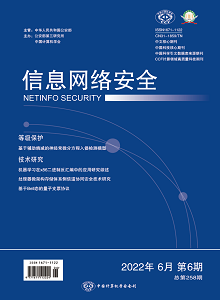Despite the huge amount of high-value data in a data center, there exists the issue of isolated data island. High-value data sharing is an effective way to solve the isolated data island issue and exploit the potential value of data. However, the prerequisite to realizing the full sharing of high-value data is to ensure the security and trustworthiness of the data sharing process. Traditionally, data sharing models tend to adopt the centralized architecture, which are prone to trust and security issues. Blockchain is a distributed technology with features such as decentralized, hard to tamper, hard to forge, traceable and auditable. It provides a reliable solution for data security sharing. Nevertheless, limited application scenarios and lack of security guarantee are limitations of blockchain-based data sharing solutions. In response to the above problems, the high-value data sharing model based on blockchain and game theory for data centers was proposed in this thesis. Firstly, the model used blockchain technology to ensure the traceability, confidentiality and security of the sharing process. Secondly, the model mobilized data holders to share high-value data by applying the game theory to give the corresponding incentive scheme. Finally, the model was compared with other existing data sharing models. Through comparative analysis, it is verified that this model has full functionality, security and efficiency, and can be better applied to data center scenarios.

